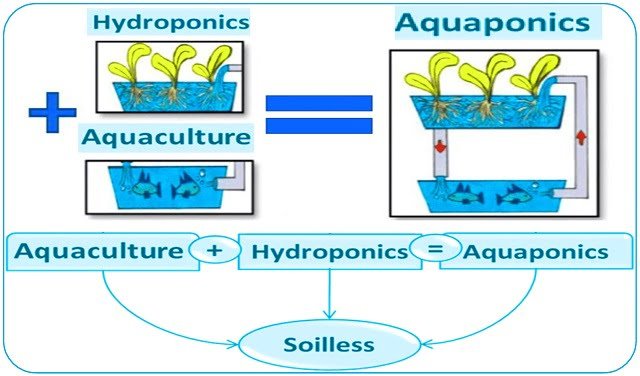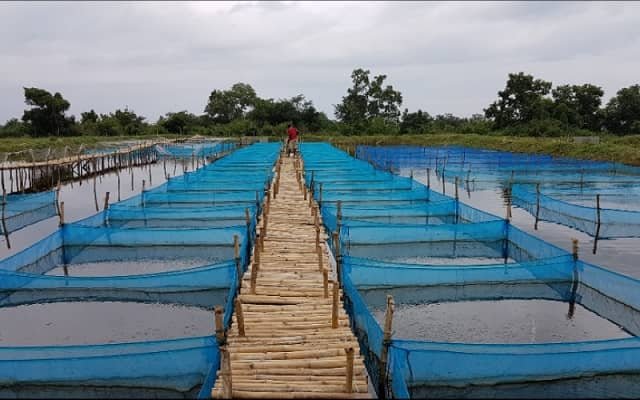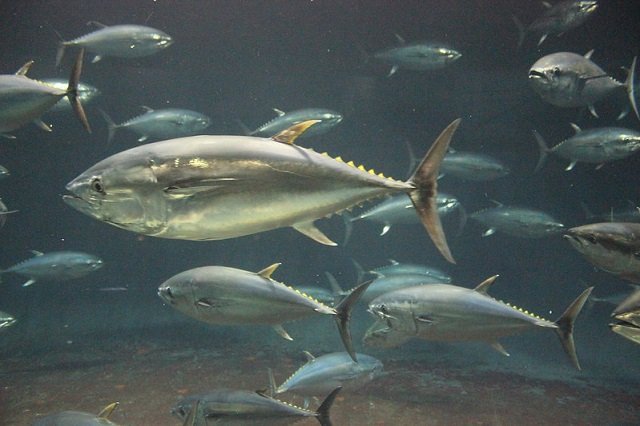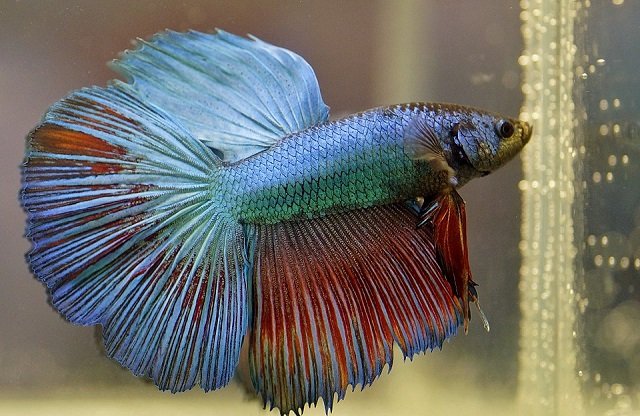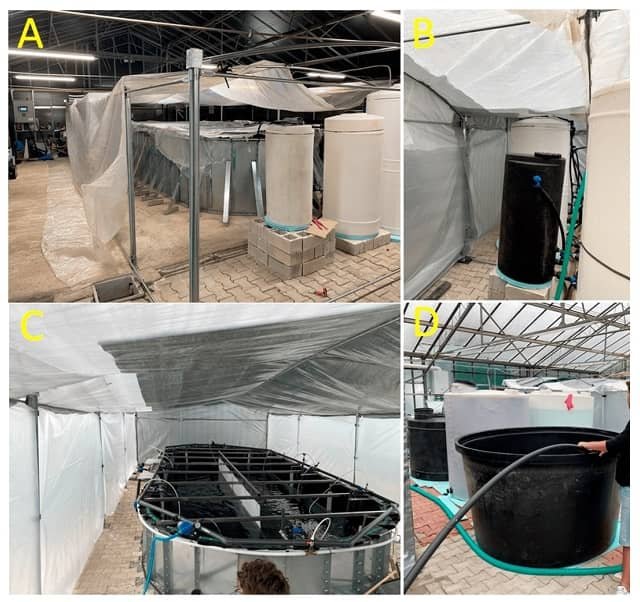
A new approach to shrimp farming in the Mediterranean shows promise for both environmental sustainability and economic viability. This innovative method, called Biofloc Technology (BFT), could revolutionize how we obtain this popular seafood.
Researchers from Aristotle University of Thessaloniki, University of Western Macedonia, and Teledata S.A. conducted a study evaluating the feasibility of aquaculture for the tropical shrimp species Penaeus vannamei in indoor systems, assessing the application of BFT in temperate regions like the Mediterranean.
Balancing Demand with Sustainability
The growing demand for shrimp has highlighted the limitations of traditional aquaculture practices. Importing shrimp from distant regions has a significant environmental impact, while farming them locally can introduce non-native species, posing a threat to native ecosystems through genetic contamination.
Europeans love shrimp, especially in southern regions like Portugal and Spain. However, consumption varies widely across the continent, with countries like Belgium and Denmark lagging behind. Additionally, European consumers prioritize sustainable fishing and aquaculture practices. This has restricted imports from some Asian and South American countries and driven the adoption of eco-labels such as ASC certification.
On the other hand, the EU produces very little vannamei shrimp, with Spain, France, and the UK being the main importers. This heavy reliance on imports makes Europe vulnerable to sustainability issues in other regions.
The cooler temperatures of the Mediterranean restrict shrimp farming to a short season, making it commercially unviable with current pond systems. In this context, indoor aquaculture, with controlled temperatures, could allow year-round shrimp production, improve biosecurity, and potentially address sustainability concerns in the European market.
Biofloc Technology: A Turning Point
BFT offers a ray of hope. This eco-friendly technique allows shrimp farming in controlled indoor environments, such as greenhouses. This approach presents several advantages:
- Reduced environmental footprint: BFT systems are largely closed-loop, minimizing water waste and pollution.
- Sustainable shrimp production: By farming shrimp indoors, BFT helps prevent the escape of non-native species, protecting Mediterranean biodiversity.
- Energy efficiency: The study demonstrates that with proper insulation and greenhouse design, BFT shrimp farming can be optimized for energy efficiency, even in temperate regions.
- Lower energy costs: Greenhouse insulation and microclimate control helped maintain optimal temperatures efficiently, without the need for energy-intensive water heating.
Key Findings of the Study
This study explored the feasibility of farming Pacific white shrimp (Penaeus vannamei) in a biofloc system within a greenhouse located in the temperate zone of northern Greece. Here are the key findings:
Stay Always Informed
Join our communities to instantly receive the most important news, reports, and analysis from the aquaculture industry.
- Despite challenges such as temperature fluctuations and the initial development of biofloc, the shrimp grew to marketable size (23.5 g) in 112 days, achieving growth rates comparable to other studies. The shrimp achieved good growth rates (7.07% per day) and a final weight of 23.5 grams.
- Productivity was 1.8 Kg/m2, comparable to other studies on biofloc shrimp farming.
Challenges and Areas for Improvement
- Energy consumption: Energy use was high (7995.2 kWh), especially for water pumps and heating. More efficient systems and renewable energy sources such as solar power could significantly reduce the environmental footprint.
- Temperature control: Maintaining optimal temperatures year-round required propane heating. Innovations such as microclimate chambers and exploring alternative heating sources like geothermal energy could address this issue.
- Initial biofloc development: Time was needed for the biofloc to mature, which could affect initial shrimp survival. Optimizing biofloc development methods could improve efficiency.
The Mediterranean Advantage: Avoiding Genetic Contamination
One of the key findings of the research is particularly promising for the Mediterranean. Unlike other shrimp species, Penaeus vannamei cannot establish itself in the wild Mediterranean environment. This eliminates the risk of accidental escape and subsequent genetic contamination of native shrimp populations.
Conclusion
While the pilot project demonstrates the feasibility of BFT for shrimp farming in the Mediterranean, further development is needed. Implementing optimal management practices, exploring innovative manufacturing solutions, and utilizing clean energy sources can further reduce the environmental impact and improve the economic viability of BFT operations.
Biofloc Technology presents a compelling vision for the future of shrimp aquaculture in the Mediterranean. By promoting sustainable local shrimp production, BFT has the potential to meet our growing demand for this delicious seafood while protecting the region’s delicate ecosystems.
The study was funded by RESEARCH-CREATE-INNOVATE.
Reference (open access)
Papadopoulos, D. K., Alvanou, M. V., Lattos, A., Ouroulis, K., & Giantsis, I. A. (2024). Tropical Shrimp Biofloc Aquaculture within Greenhouses in the Mediterranean: Preconditions, Perspectives, and a Prototype Description. Fishes, 9(6), 208. https://doi.org/10.3390/fishes9060208
Editor at the digital magazine AquaHoy. He holds a degree in Aquaculture Biology from the National University of Santa (UNS) and a Master’s degree in Science and Innovation Management from the Polytechnic University of Valencia, with postgraduate diplomas in Business Innovation and Innovation Management. He possesses extensive experience in the aquaculture and fisheries sector, having led the Fisheries Innovation Unit of the National Program for Innovation in Fisheries and Aquaculture (PNIPA). He has served as a senior consultant in technology watch, an innovation project formulator and advisor, and a lecturer at UNS. He is a member of the Peruvian College of Biologists and was recognized by the World Aquaculture Society (WAS) in 2016 for his contribution to aquaculture.
